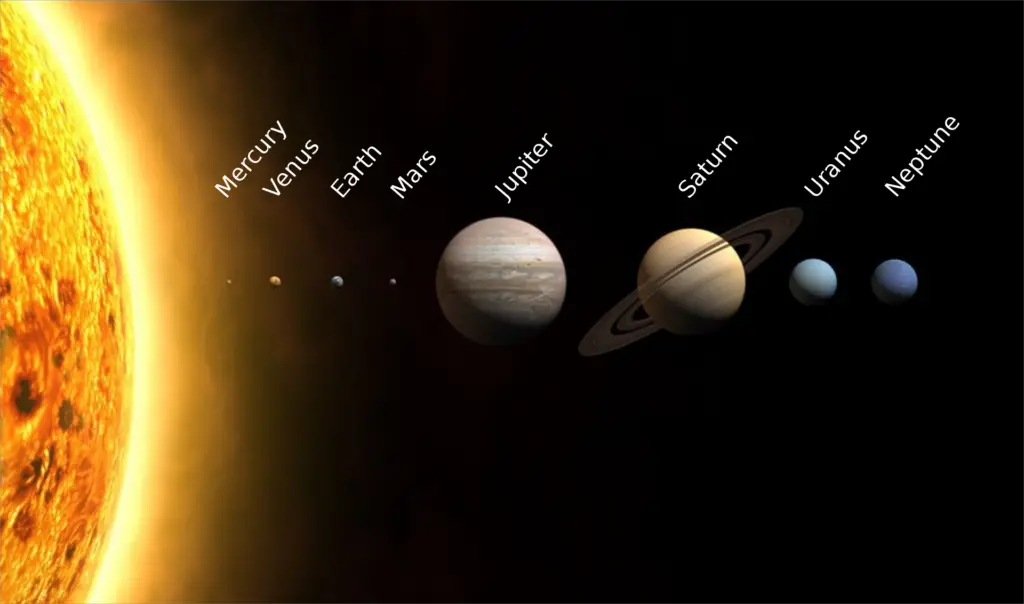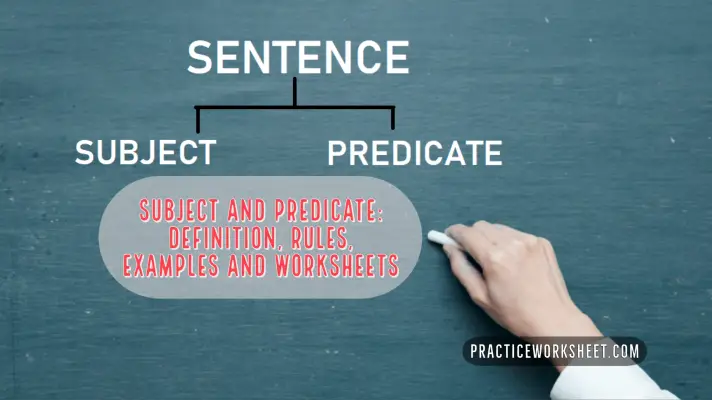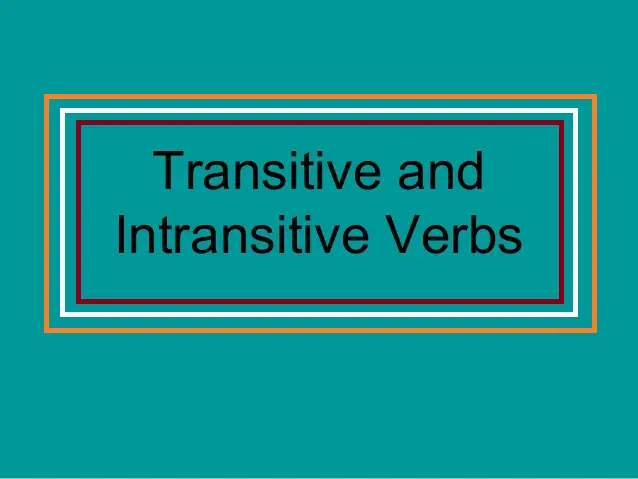What is Solar System?
The solar system is the system created by all the objects (planets, moons, comets, asteroid, meteoroids, etc.) that orbit the Sun keeping it at the center. All these objects are bound to the Sun by gravitational forces. Refer to Fig. 1 showing the Sun along with its planets.

Let’s learn about the solar system through the worksheet provided below. Answers are provided at the end of the worksheet. Option for Printing or making pdf is provided at the end of the article.
Worksheet on Solar System
1. Fill in the blanks by providing correct answers related to Solar System
a. The name of the largest planet of solar system is ___
b. The distance between Sun and earth is _______________.
c. The name of the planet that is nearest to Earth is ______
d. The planet which the closest to earth in size is _________________
e. The distance of moon from Earth is _________________.
f. ____ is the centre of the solar system.
g. Name of the first person who reached to space is _________________.
h. The diameter of Earth is ______________.
i. In the year _________ the Halley’s Comet will be visible from Earth again.
j. ____________ is the first women who reached to space.
2.Match Column A with Column B
| Column A | Column B |
| 1. Center of the Solar System | A. Mercury |
| 2. Number of stars in the Milky Way | B. Venus |
| 3. The planet known as Morning Star or the Evening Star | C. Uranus |
| 4. The closest planet to the sun | D. Jupiter |
| 5. Satellite of Earth | E. More than 100 billion |
| 6. The first person to set foot on the Moon | F. Mars |
| 7. Farthest planet of the solar system | G. Sun |
| 8. Planet Has the Most Moons | H. Neil Armstrong |
| 9. Red planet in the solar system | I. Moon |
| 10. 7th planet of the solar system | J. Neptune |
3. Write T if the statement is True and F, if False
a. Phobos & Deimos are the satellites of Mars
b. The age of the Earth is approximately 4.54 billion years
c. Sun rays take around 8 minutes to react to Earth.
d. Saturn has the maximum number of moons or natural satellite
e. Venus has the maximum number of volcanoes.
f. In the year 1957, the first man-made object was sent to space.
g. High tide and Low tide are governed by the gravity of the Mars
h. Pluto is a dwarf planet.
i. When the Earth is between the Sun and the Moon, a lunar eclipse occurs
j. The duration of a Solar Eclipse is around Seven and half Minutes.
4. Choose the correct answer for the given questions?
(Answer Key: Earth; Neptune, Mercury; Coma; Venus; Ganymede; Mercury and Venus; Hydrogen; 8; Mars)
a. Name the planets which do not have natural satellites?
b. What is the name of one of the natural satellites of Jupiter?
c. Name of the planet that spins backwards relative to other planets?
d. What is the name of the glowing head of a comet?
e. The sun is mostly made of this element?
f. Name of the planet which does not have any atmosphere?
g. This planet has erosion by running water other than Earth?
h. Number of planets in solar system?
i. This planet is named after the Roman god of the sea?
j. Name of the planet that is largely covered by water?
5. Answer the following questions
a. Olympus is the name of the highest peak of Which Planet?
b. What is the function of the spacecraft Juno?
c. From which year does the Pluto is not considered as a Planet?
d. What is the name of the largest natural satellite of planet Neptune?
e. Why is Mars also called Red Planet?
f. Which part of the Sun is visible by humans?
g. Which is the fastest planet in the Solar System?
h. What is the name of the planet having the highest density in the Solar System?
i. What is the meaning of the term Orbit with respect to the Solar System?
j. Why does Life exist on the planet Earth?
Answers to the above questions:
- a. Jupitar; b. 92,960,000 miles (149,600,000 km); c. Venus; d. Mars; e. 238,855 miles (384,400 km); f. Sun; g. Yuri Gagarin, in 1961; h. 7,918 miles (12,742 km); i. 2061; j. Valentina Tereshkova, in 1963.
- 1.->G; 2.->E; 3.->B; 4.->A; 5.->I; 6.->H; 7.->J; 8.->D; 9.->F; 10.->C
- a. T; b. T; c. T; d. F; e. T; f. T; g. F; h. T; i. T; j. T
- a. Mercury and Venus; b. Ganymede; c. Venus; d. Coma; e. Hydrogen; f. Neptune; g. Mars; h. 8; i. Mercury; j. Earth
- a. Mars; b. Juno’s mission is to measure Jupiter’s composition, gravity field, magnetic field, and polar magnetosphere;
c. 2006; d. Triton, discovered by William Lassell just 17 days after the discovery of Neptune itself; e. Mars is often called the ‘Red Planet’ because it appears in the sky as an orange-red star;
f. photosphere; g. Jupiter; h. Earth; i. An orbit is a path that an object takes in space when it goes around a star, a planet, or a moon; j. We have an ozone layer to block harmful rays

![Singular and Plural Nouns: Definition, Rules, Examples, and Worksheets [With PDF] Singular and Plural Nouns](https://practiceworksheet.com/wp-content/uploads/2020/11/Singular-and-Plural-Nouns.png)

![Collective Nouns: Definition, Examples, and Worksheet [With PDF] Collective Nouns Worksheet](https://practiceworksheet.com/wp-content/uploads/2020/03/Collective-Nouns-Worksheet.png)

![Addition Worksheet: Addition of five or more digits [With PDF] Addition Worksheet: Addition of five or more digits](https://practiceworksheet.com/wp-content/uploads/2020/05/Addition-Worksheet-Addition-of-five-or-more-digits.png)

![General Knowledge Worksheet on Countries and Capitals [With PDF] General Knowledge Worksheet on Countries and Capitals](https://practiceworksheet.com/wp-content/uploads/2020/05/General-Knowledge-Worksheet-on-Countries-and-Capitals.png)
![Multiplication Worksheets Grade 3 [with PDF] Multiplication Worksheets Grade 3](https://practiceworksheet.com/wp-content/uploads/2020/06/Multiplication-Worksheets-Grade-3.png)
I am hapoy to see your worksheets. Pls if possible can u provide worksheets for class 5 english grammar and maths problem sums like mix problems with unitary methods, geometry. As well as sum science concept worksheets where they will explore their knowledge not about bookish
A great job.Thank you